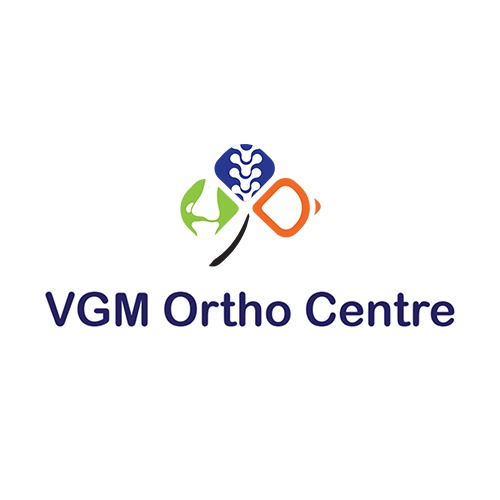

This is a condition where the ball of the shoulder joint called head of humerus slips out of the socket called glenoid. This needs to be put back in position.
All joints are surrounded by soft tissue structures called capsule-ligament complexes. Due to fall/road traffic accident/sports injuries, the ligament/glenoid labrum in front of the shoulder tears and gives way for the head of humerus to come out of position and lie outside the joint. This is a very painful condition.
It is imperative to consult your nearest orthopaedician immediately to reduce the shoulder joint back to normal. This is usually done under sedation/anaesthesia in a painless and comfortable manner for the patient. If the shoulder is reduced back in position very crudely and forcibly by amateurs/quacks, the ligament may tear more in the process (or) the socket bone called glenoid may fracture.
In this condition, the shoulder dislocates repeatedly. The frequency of dislocation increases over time. Also, with every dislocation which occurs, the next dislocation happens even with trivial activities like combing the hair, yawning in the morning, stretching hands after a journey etc..
Unhealed ligament in the front of shoulder called BANKART’S TEAR may allow recurrent dislocation to occur. Also, with continuous dislocations, the margin of the glenoid bone erodes leading to decreased width of the socket, allowing further repeated dislocations.
The ligament (BANKART’s TEAR) can be repaired by open/arthroscopy surgeries to avoid future dislocations. The torn labrum is reattached back to the glenoid bone using special devices called suture anchors. The overstretched capsule ligaments are tightened. Occasionally the glenoid rim has undergone so much attrition, that the bone stock is so reduced needing bony buildup by Laterjet operation.
There is a bone called coracoid process nearby which is cut along with its muscle attachments and reattached to the front of the glenoid safely. This increases the bone width and avoids future dislocations.
Recurrent dislocation is common in the young age mainly. Age by itself is not a criteria. The presence of recurrent dislocation is the criteria.
The fact that your shoulder dislocated a second time indicates poor healing of the ligament. Hence surgery is a must.
To understand the benefits of arthroscopy, see this link All about Arthroscopy
Yes after a suitable interval of 6-12 weeks of exercises.
Yes, but usually after 3 months of surgery. The same applies to contact sports too
Adequate strengthening exercises and guided physiotherapy protocols avoids recurrent episodes in the future.
The role of a physiotherapist is to concur regularly with the operating orthopaedic surgeon and train and help the patient achieve normalcy of activities. Their role is vital after surgery.